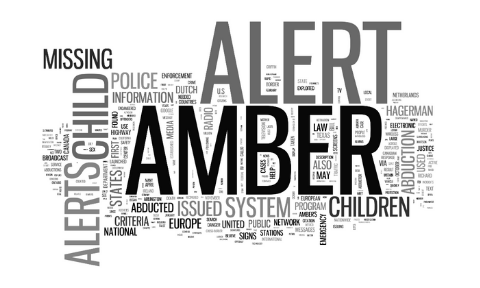With extreme weather conditions affecting many Americans this summer, including devastating tornadoes in Oklahoma, destructive wildfires in Arizona, and flash flooding throughout the eastern part of the country, the FCC's Wireless Emergency Alerts (WEA) system has been put to the test.
With hurricane season upon us, FEMA is releasing new ads to educate the public about Wireless Emergency Alerts (WEA), also known as the Commercial Mobile Alert System (CMAS). Throughout Hurricane Preparedness Week, which began last Sunday and continues through Saturday, June 1, the television and radio spots will identify how the alerts broadcast warning messages to all WEA-capable devices within a specific geographic area.
You may not know that the innocuous kiwi was first known as the Chinese gooseberry. And Chilean sea bass was originally called the much less appetizing Patagonian toothfish. Sometimes a name change is warranted to enhance a product’s marketability. The risk is that the new name may not catch on or simply cause confusion among the public. (What are we calling Prince these days?)
Now that the Wireless Emergency Alerts (WEA) program–known to many as the Commercial Mobile Alert Service, or CMAS—is fully operational, it's clear that more must be done to educate the public about these potentially life–saving CMAS alerts.
Text-based alerts of significant, imminent danger will be able to be sent to most mobile-phone users in a hazardous location in the U.S. beginning Saturday, when the new commercial mobile alert system (CMAS) is scheduled to become operational.

![pexels-photo-263402 resized [emergency alerts].jpg](https://www.interoptechnologies.com/hubfs/Blog%20Images/pexels-photo-263402%20resized%20%5Bemergency%20alerts%5D.jpg)


